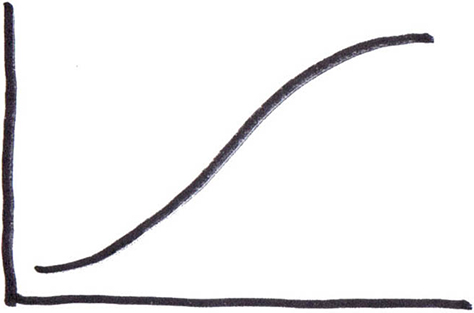 |
| (HP is the y-axis, Level is the x-axis) |
Some people think you need a morale/energy/wind/fatigue AND guts/wounds/blood/constitution system to distinguish a character's actual wounds from mere shake-off-able battle wear.
Nope.
Low HP totals plus mild healing mechanics do that for you. You have 25 HP? You lose 15 HP in a fight? That's blood and guts, er, fatigue and wounds, er, whatever. You regain 4 HP after the fight with some small once-a-day self heal? Well, that 4 HP was the shake-off-able battle wear. No need to distinguish it when it happens.
But then the Paladin uses Lay on Hands? And you gained another 5 HP back? Great! That was guts. Or maybe wounds and morale, er, whatever. Doesn't matter.
The whole problem these dual-HP pool systems are trying to solve is that a barbarian with 289 HP doesn't feel half as ready to fight as one with 578 HP...because...well...he just doesn't. So they say, "Well, now the barbarian has 136 blood and 28 guts, so he's not tired, but he is pretty injured."
Personally, I think this is a terrible solution.
Our piddly human brains can't attach significance to numbers that high when it comes to bodily harm and battle fatigue. How many arrows have to be impaled in my fighter's back before he loses 100 Blood? 100 Guts? Hell if I know! How about if I had just 17 HP maximum? Well, now, probably three or four arrows would do ya (hey! just like Boromir!). Simple. Intuitive. Doesn't scare away the History majors at the table.
I don't care what your game's power-level is. I don't care if you are all playing superheroes who actively pick up entire city blocks and throw them at their enemies. The math behind a game does not, I repeat, DOES NOT have to scale with the strength of the characters and monsters if they were real.
The math of a game only ever has to scale with player understanding.

No comments:
Post a Comment